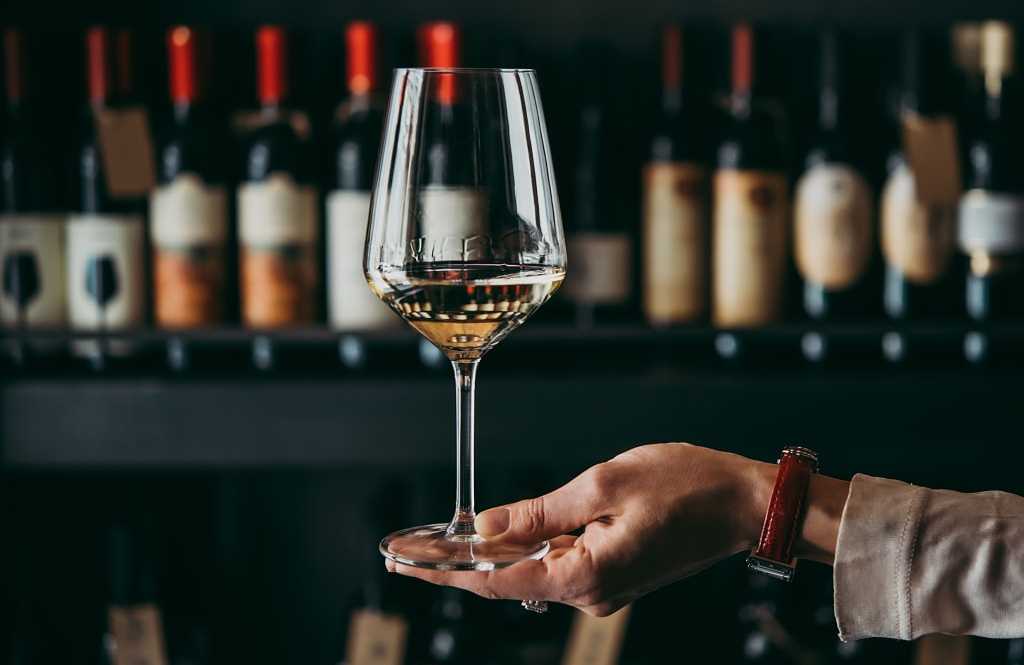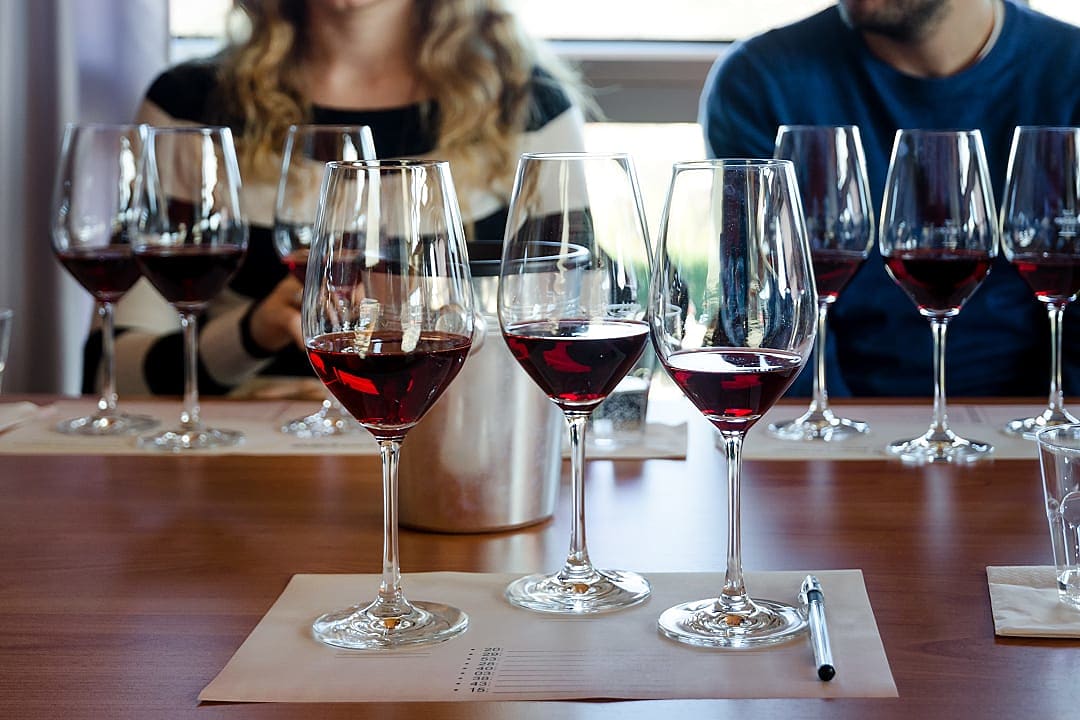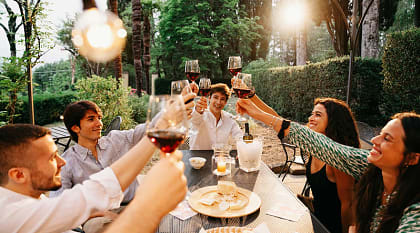Understanding proper wine sequencing represents far more than simply distinguishing white from red wines, as sophisticated tasting protocols depend primarily on body weight, sweetness levels, and flavor intensity to create optimal appreciation.
This methodical approach reveals the extraordinary depth of character inherent in each wine, providing insights into the unique terroir, ancient soils, and microclimate conditions that influence grape development across Italy's diverse regions. It transforms wine appreciation into an educational journey through geography, heritage, and centuries of winemaking tradition.
The Science of Proper Wine SequencingSommeliers follow established principles that protect delicate flavor profiles while building complexity throughout your tasting experience.
- Light-bodied wines are always served before heavier or fuller-bodied selections, as stronger flavors and richer textures can overwhelm the subtle characteristics of their more delicate counterparts
- White wines precede red wines in the sequence, allowing your palate to appreciate the nuanced minerality and crisp acidity before encountering the bolder tannin structures of red varietals
- Dry wines are presented before their sweet counterparts, since residual sugars can make subsequent dry wines taste unpleasantly acidic and unbalanced to your sensitized palate
- Younger wines are typically tasted before older, more complex vintages that have developed intricate secondary and tertiary flavors through extended aging processes
- Lower-alcohol wines precede higher-alcohol selections to prevent palate fatigue and maintain your ability to discern subtle flavor differences throughout the tasting
Each of these Italian wine region has developed specific tasting customs that reflect local grape varieties and traditional winemaking approaches.
- Tuscany
- Piedmont
- Veneto
- Sicily
- Umbria
Experience Italy's sophisticated wine culture when you allow our travel specialists to design a Luxury Italy Wine Tour of the Top Regions. You will enjoy expertly curated tastings that reveal the artistry behind proper wine sequencing.











